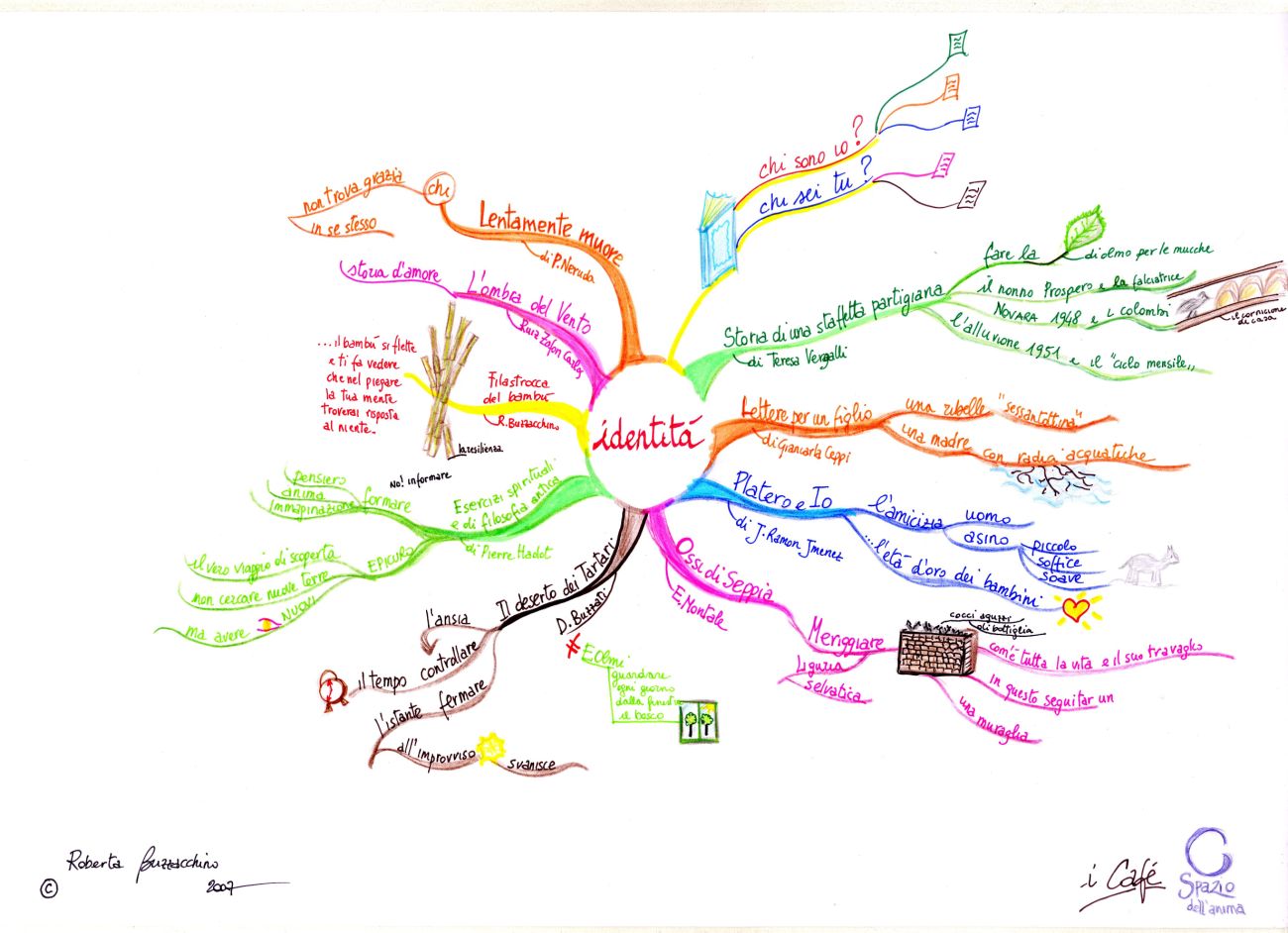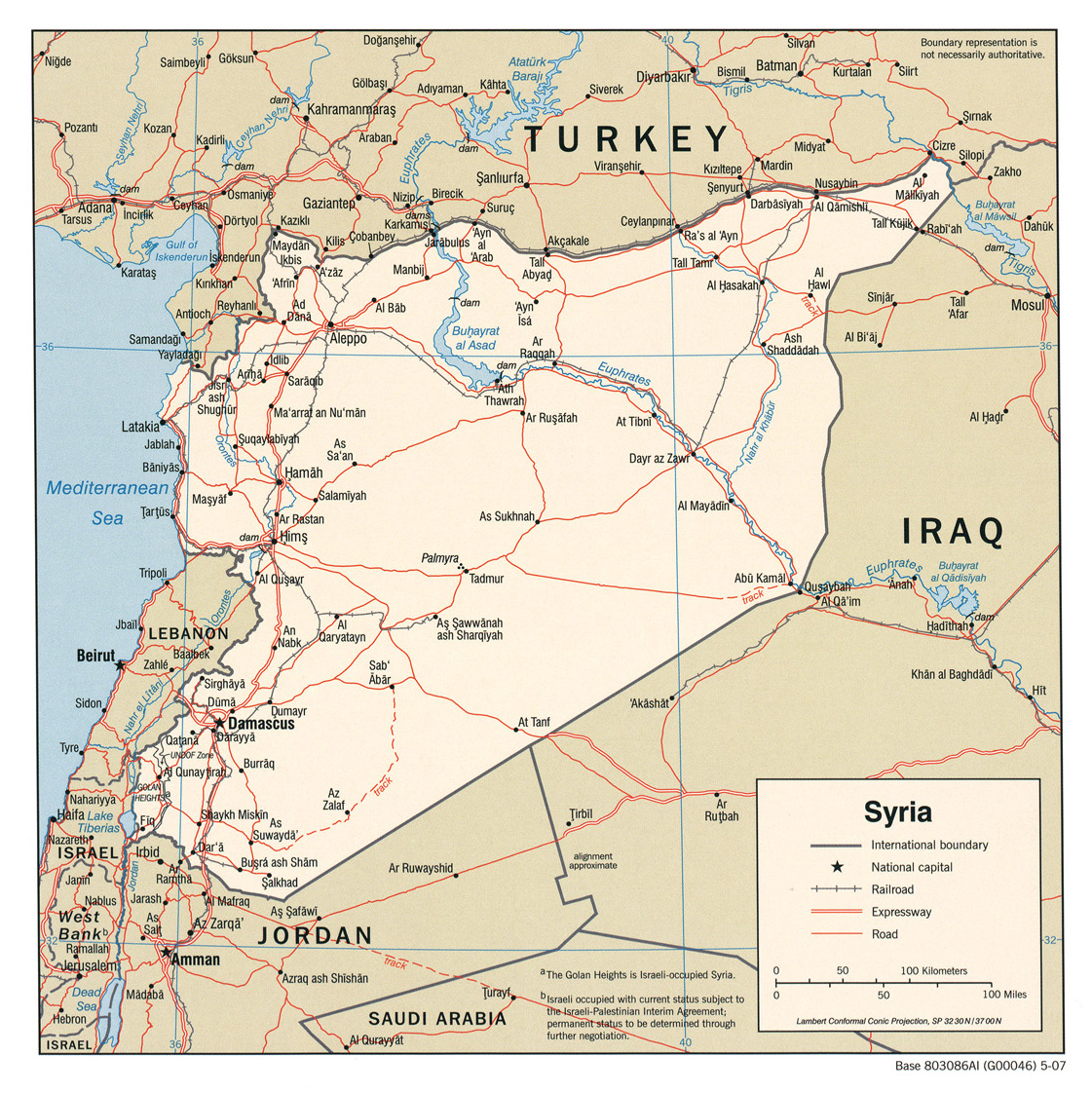- Define and explain the theory/concept
- Explain how this theory/concept is highlighted through the current event topic. Be explicit here and cite examples from the application and connect this with specific concepts as highlighted in the readings.
- Discuss the implications for drawing connections between the theory/concept and the application. What dos this mean in terms of intercultural communication?
I have posted an assignment description for the blog on Blackboard within our current learning unit. Please read that document before you begin writing your first blog post. Also, please note that you need to not only submit your post to the class blog, but also submit a word document of your blog to Safe Assign. You must do both to consider the assignment complete. Now onto the blog...
For this blog, we will reflect on the connection between identity and intercultural communication. Martin and Nakayama (2013) describe identity as the "bridge" between culture and communication. This, bridge, however is a highly contested set of assumptions that vary depending on an individual's worldview. As such, Martin and Nakayama provide three unique perspectives to understanding identity and communication: social science, interpretive, and critical. In your blog post, please begin by defining these three approaches to identity and explaining key concepts associated with these perspectives.
Additionally, it is important to note that identity contains many "ingredients" that are comprised of social and cultural identities. As such, "people can identify with a multitude of groups" (Martin & Nakayama, 2013, p. 186). See pages 186-205 for a description of the major types of social and cultural identities. You will reflect on these group memberships in your blog post and will also connect these "ingredients" to your own personal identity in your cultural identity video.
Specifically, I would like us to reflect on the connection between identity, the vast array of socio-cultural identities that individuals can belong to, and the current conflict in Syria.
On Saturday, President Obama announced that he would seek support from Congress to engage in military action in Syria. Today, the President met with the Congressional leadership and has gained approval from House Majority Leader Eric Cantor, Speaker of the House John Boehner and House Minority Leader Nancy Pelosi. It now appears that the U.S. Congress will discuss the possibility of military intervention in Syria.
So what are the conditions that have lead the President to ask for military action? Read the Global Post's live blog on Syria for up to the minute reporting. In addition, check out today's story from NPR's Two-Way: Breaking News Update. Also see the Washington Post's article "9 Questions About Syria that You were too Embarrassed to Ask" for some very insightful background information that will definitely help you formulate your response.
After reading these articles, reflect on the different socio-cultural identities that are at play. Define each of these identities and explain where you see their importance or prominence in the reports from GlobalPost and NPR.
Finally, connect this application of identity and intercultural communication as a broader concept for reflection. If there are a wide variety of socio-cultural identities at play in a conflict so dire, what does this mean for intercultural communication moving forward? What lessons can we take away from this application? What advice would you give regarding intercultural communication in the midst of the Syrian conflict?
So what are the conditions that have lead the President to ask for military action? Read the Global Post's live blog on Syria for up to the minute reporting. In addition, check out today's story from NPR's Two-Way: Breaking News Update. Also see the Washington Post's article "9 Questions About Syria that You were too Embarrassed to Ask" for some very insightful background information that will definitely help you formulate your response.
After reading these articles, reflect on the different socio-cultural identities that are at play. Define each of these identities and explain where you see their importance or prominence in the reports from GlobalPost and NPR.
Finally, connect this application of identity and intercultural communication as a broader concept for reflection. If there are a wide variety of socio-cultural identities at play in a conflict so dire, what does this mean for intercultural communication moving forward? What lessons can we take away from this application? What advice would you give regarding intercultural communication in the midst of the Syrian conflict?
References
Martin, J.N., & Nakayama, T.K. (2013). Intercultural communication in contexts (6th ed.) New York, NY: McGraw Hill.



No comments:
Post a Comment